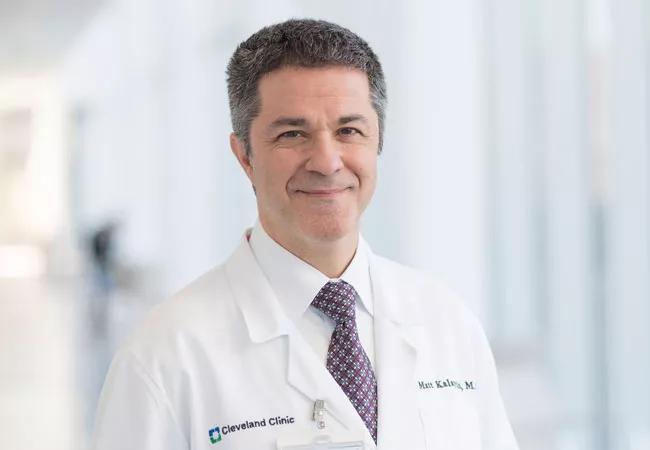A Cleveland Clinic physician defines the elusive term

Matt Kalaycio, MD, Chair of the Department of Hematology and Medical Oncology at Cleveland Clinic, offers principles to help the healthcare industry enable high reliability at the system and individual level in his latest editorial in Hematology News. Dr. Kalaycio, Editor in Chief of the publication, describes the disconnect between physicians and administrators when defining and prioritizing high reliability.
Advertisement
Cleveland Clinic is a non-profit academic medical center. Advertising on our site helps support our mission. We do not endorse non-Cleveland Clinic products or services. Policy
“When the Joint Commission on Accreditation of Healthcare Organizations came to our hospital for a survey last fall, our administration was confident that the review would be favorable. The Joint Commission was stressing the reliability of hospitals and so were we. We had chartered a “High-Reliability Organization Enterprise Steering Committee” that was “empowered to make recommendations to the (executive board) on what is needed to achieve the goals of high reliability across the enterprise.” High reliability was a priority for our administration and for the Joint Commission. Unfortunately, nearly no one else knew what high reliability meant.
When physicians think about reliability, we think about reproducibility and precision. What often is less clear, then, is what our administrators mean when they discuss the importance of “high reliability” in a hospital or health care system.”
Dr. Kalaycio offers five principles for organizations wanting to achieve high reliability, defined as reliable prevention or error, adapted from Managing the Unexpected: Resilient Performance in the Age of Uncertainty.
For individuals, Dr. Kalaycio argues that five similar principles, adapted from Unaccountable: What Hospitals Won’t Tell You and How Transparency Can Revolutionize Health Care, apply:
Advertisement
For more from Dr. Kalaycio on high reliability, read his editorial in Hematology News.
Advertisement
Advertisement

Large retrospective study suggests DOACs are safe, effective alternative to low-molecular-weight heparin in complex patient population

Care paths and research initiatives aim to answer unmet clinical needs

Study shows high rate of hematologic responses, low rate of disease progression

Bispecific antibody bridging therapy deepens durability of BCMA CAR T-cell therapy without overlapping toxicities in patients with relapsed/refractory multiple myeloma

Phase 2 study brings pivotal advances in treatment efficacy and safety for the most challenging-to-treat population

Patient with quadruple refractory multiple myeloma achieves complete response with cell therapy

Distinct baseline immune profiles can predict response and resistance to different types of CAR-T cells.

National Blood Clot Alliance collaborates with faith-based organizations on first-of-its-kind church bus tour